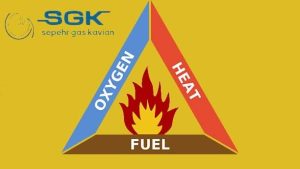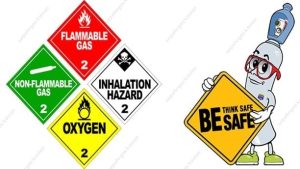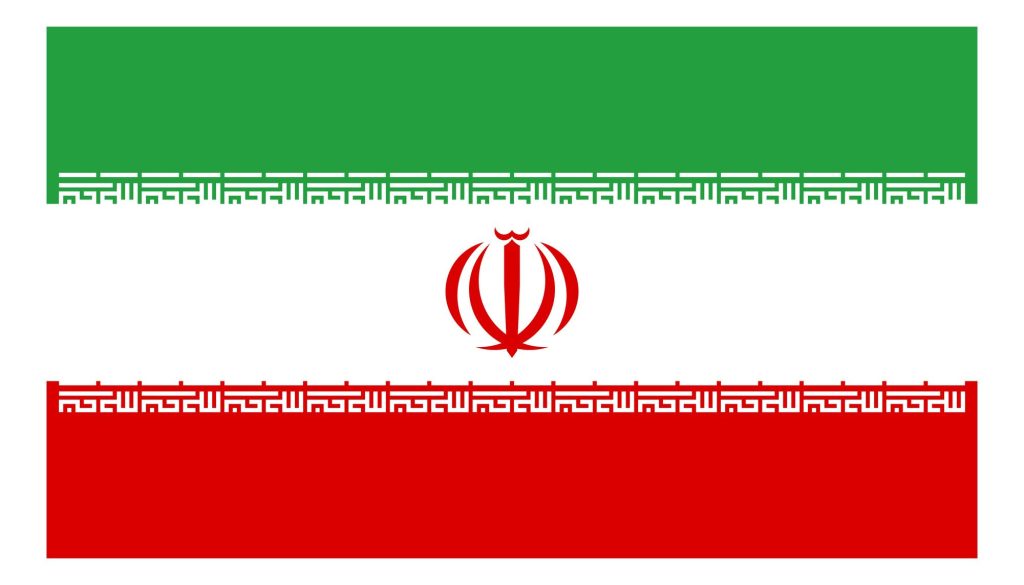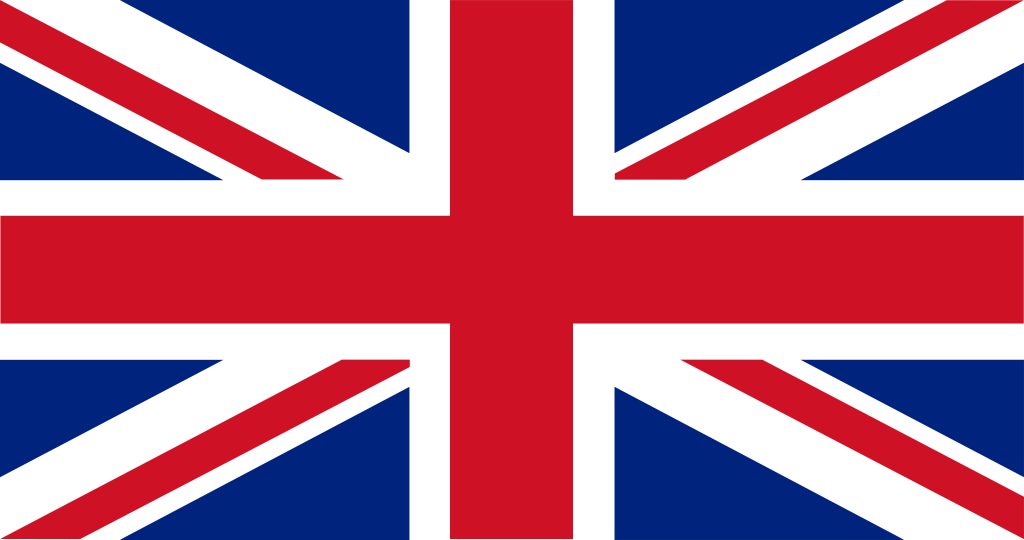Flammable gas mixture
A flammable gas mixture is a mixture of a flammable gas and air that can ignite and explode if it is within its flammability limits.
The flammability limits are the minimum and maximum concentrations of the flammable gas in the air that will support combustion.
The flammability limits of these gases vary, but they are all typically within the range of 2% to 10% by volume in air. This means that if a flammable gas mixture contains 2% to 10% of the flammable gas, it will be able to ignite and explode if it is exposed to a source of ignition.
Sepehr Gas Kavian Company is a producer of flammable gas mixtures such as LEL methane, LEL propane and hydrogen with ISO 17025 certificate.

What is the upper and lower limit of ignition?
The upper flammability limit (UFL) and lower flammability limit (LFL) are the minimum and maximum concentrations of a gas or vapor in air that can be ignited and burn.
The UFL is the highest concentration that will burn, and the LFL is the lowest concentration that will burn.
The flammability limits of a gas or vapor depend on the specific gas or vapor, as well as the temperature and pressure of the air. For example, the LFL for gasoline is 1.4%, and the UFL is 7.8%.
This means that if the concentration of gasoline vapor in air is between 1.4% and 7.8%, it will be able to ignite and burn if it is exposed to a source of ignition.
If the concentration of gasoline vapor in air is below 1.4%, it is too lean to ignite and burn. If the concentration of gasoline vapor in air is above 7.8%, it is too rich to ignite and burn.
The flammability limits of gases and vapors are important to know for safety reasons. If a gas or vapor is within its flammability limits, it can ignite and explode if it is exposed to a source of ignition.
This is why it is important to keep flammable gases and vapors away from sources of ignition, such as open flames, sparks, and heat.
It is important to note that the flammability limits of gases and vapors can vary depending on the temperature and pressure of the air. Therefore, it is always best to consult the manufacturer’s safety data sheet for the specific gas or vapor you are working with.
Definition of Lower Explosive Limit (LEL)
The lower flammability limit (LFL) of a gas is the lowest percentage of that gas in air that can still ignite and burn. If the concentration of the gas in air is below the LFL, it is too lean to burn.
The LFL of a gas varies depending on the gas itself and the temperature and pressure of the air. For example, the LFL for methane is 4.4% at 20°C and 1 atm, while the LFL for hydrogen is 4% at the same conditions.
It is important to note that the LFLs of gases can vary depending on the temperature and pressure of the air. Therefore, it is always best to consult the manufacturer’s safety data sheet for the specific gas you are working with.

Definition of upper flammability limit (UEL)
The upper flammability limit (UFL) of a gas is the highest percentage of that gas in air that can still ignite and burn. If the concentration of the gas in air is above the UFL, it is too rich to burn.
The UFL of a gas varies depending on the gas itself and the temperature and pressure of the air. For example, the UFL for methane is 17.5% at 20°C and 1 atm, while the UFL for hydrogen is 75% at the same conditions.
The price of flammable gas mixtures
These gases are produced in different types depending on the customer’s order. Therefore, it is not possible to consider fixed compositions and components for it.
This point has caused the necessary cost for the production of this gaseous mixture and its price to be unknown and vary according to the customer’s order. The volume of the capsule, the compounds used in the composition of the gas, its components, etc. are among the factors that directly affect its final price.
You can contact the experts of Sepehr Gas Kavian to get more information about the price of production and sale of all types of flammable gas mixtures.





